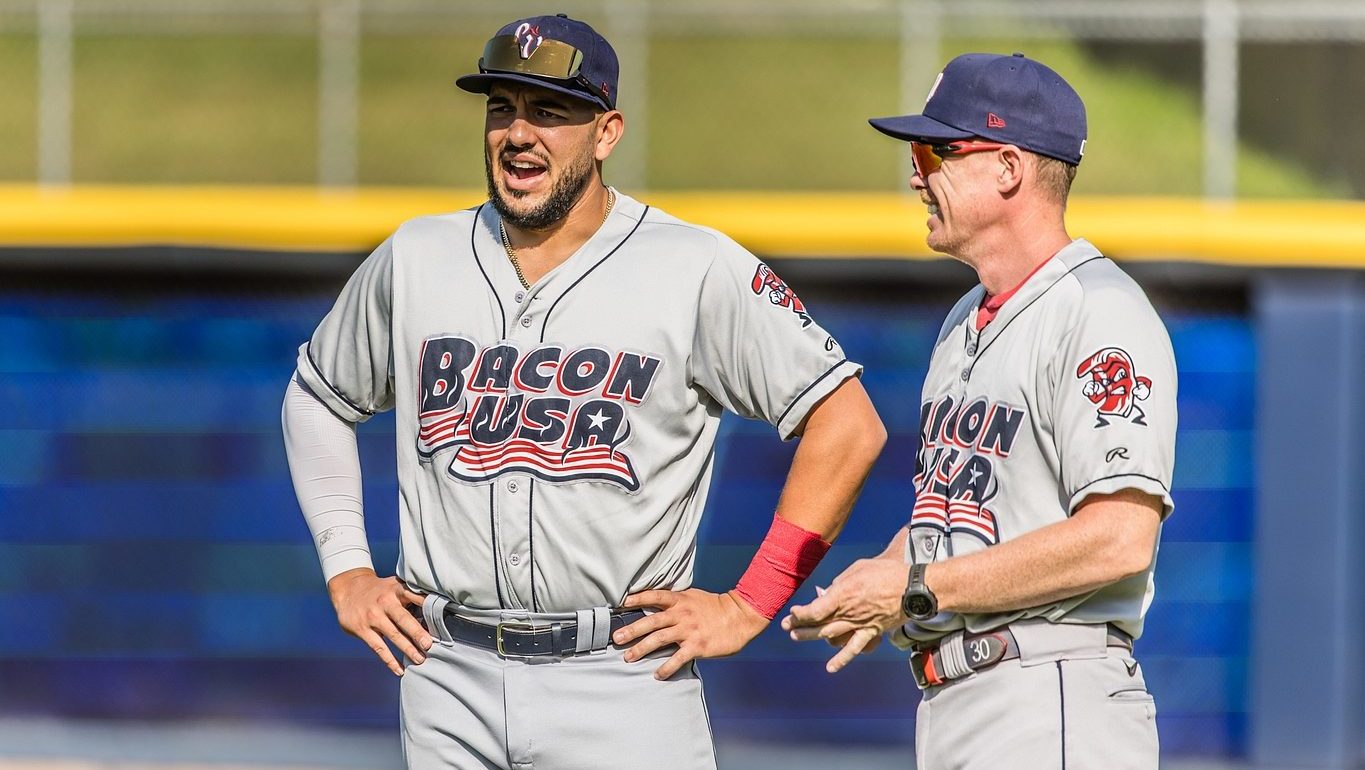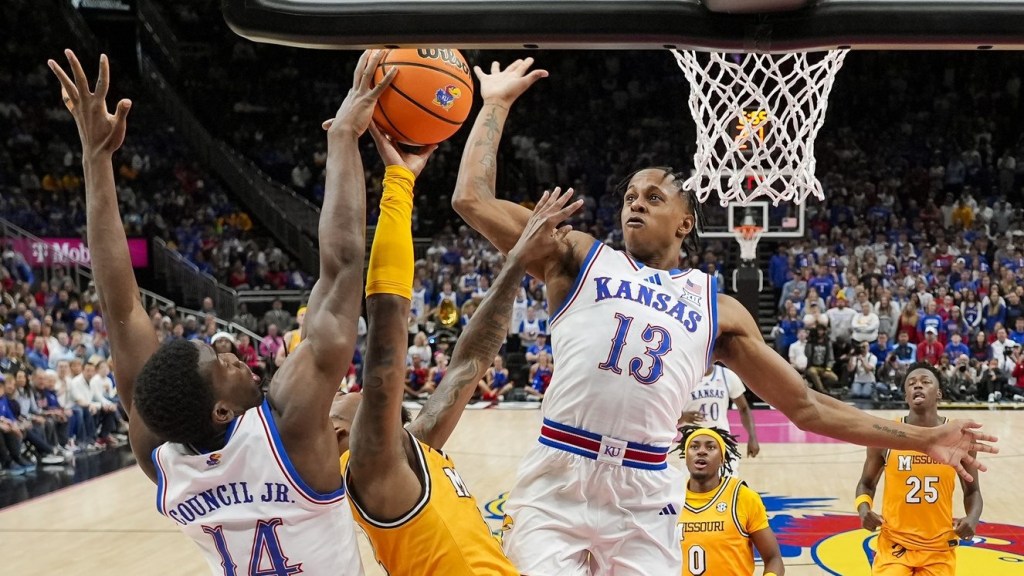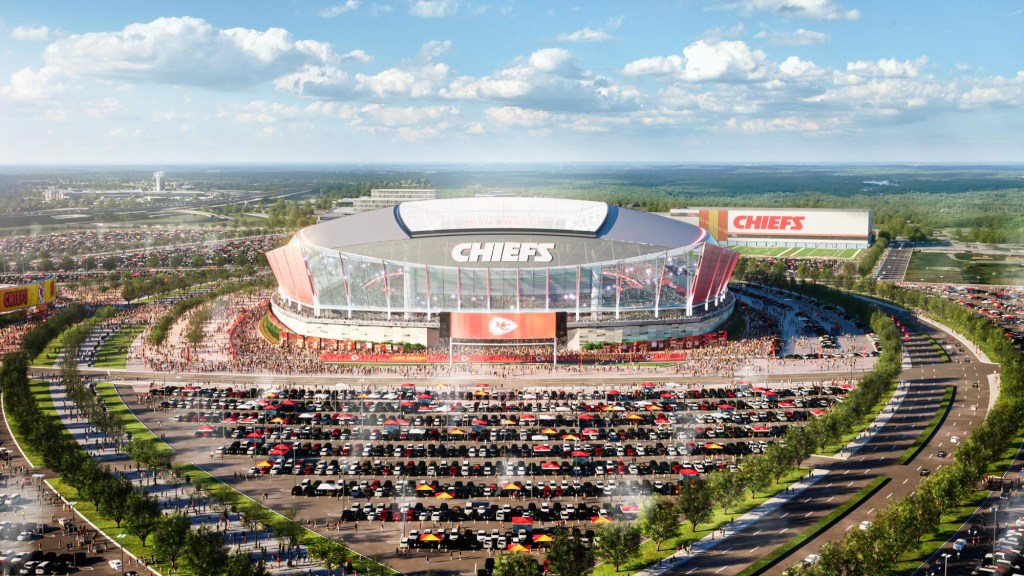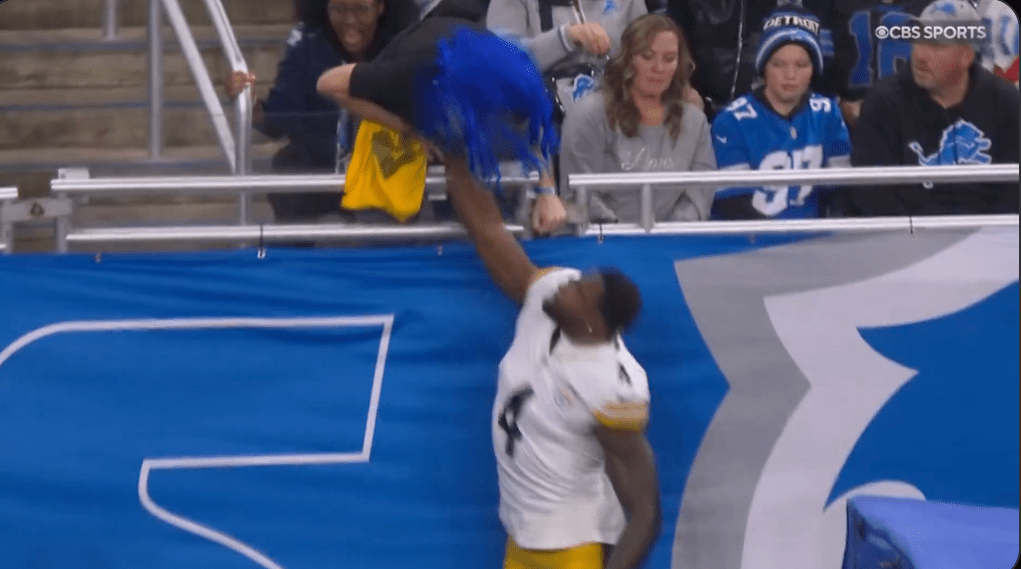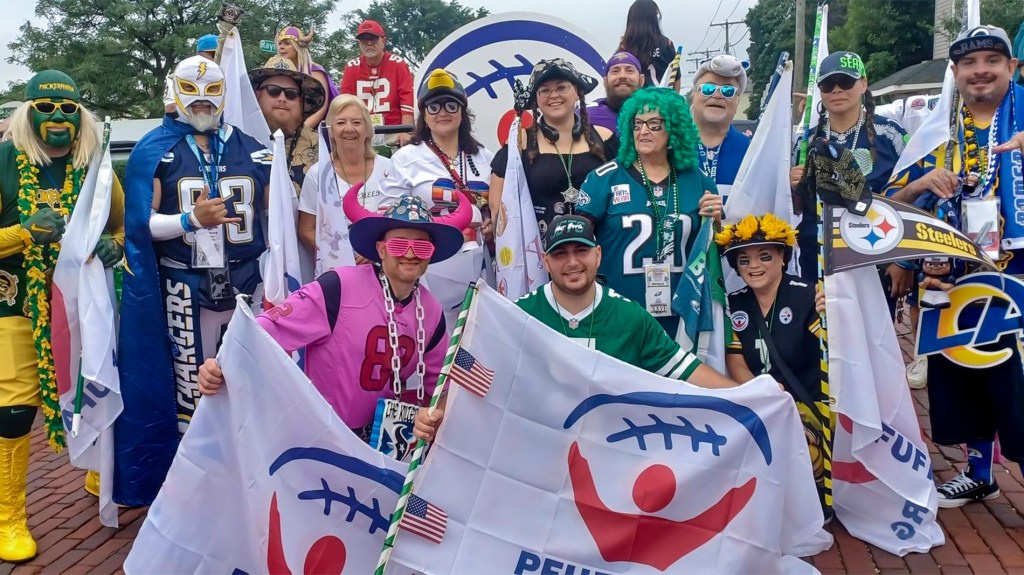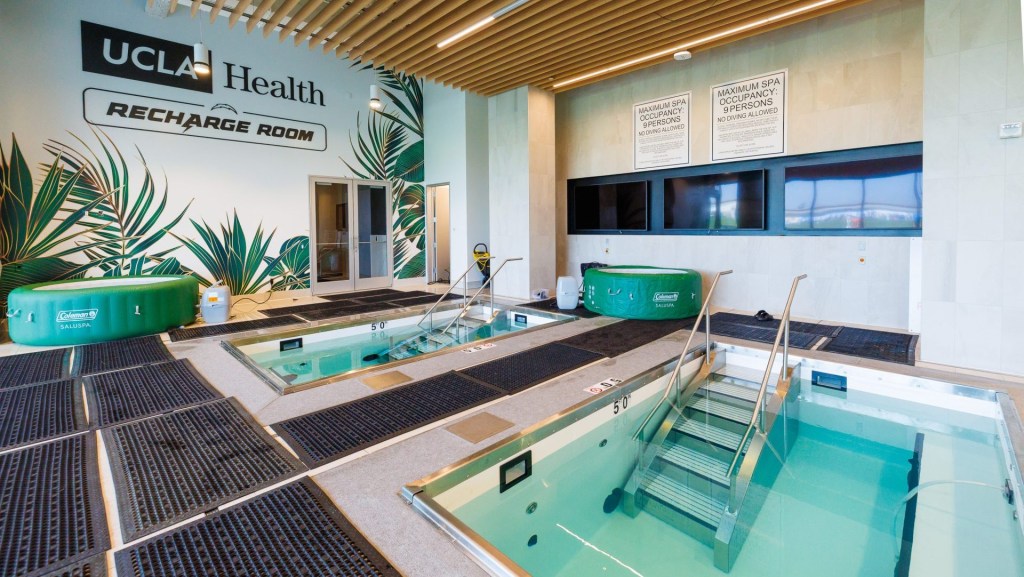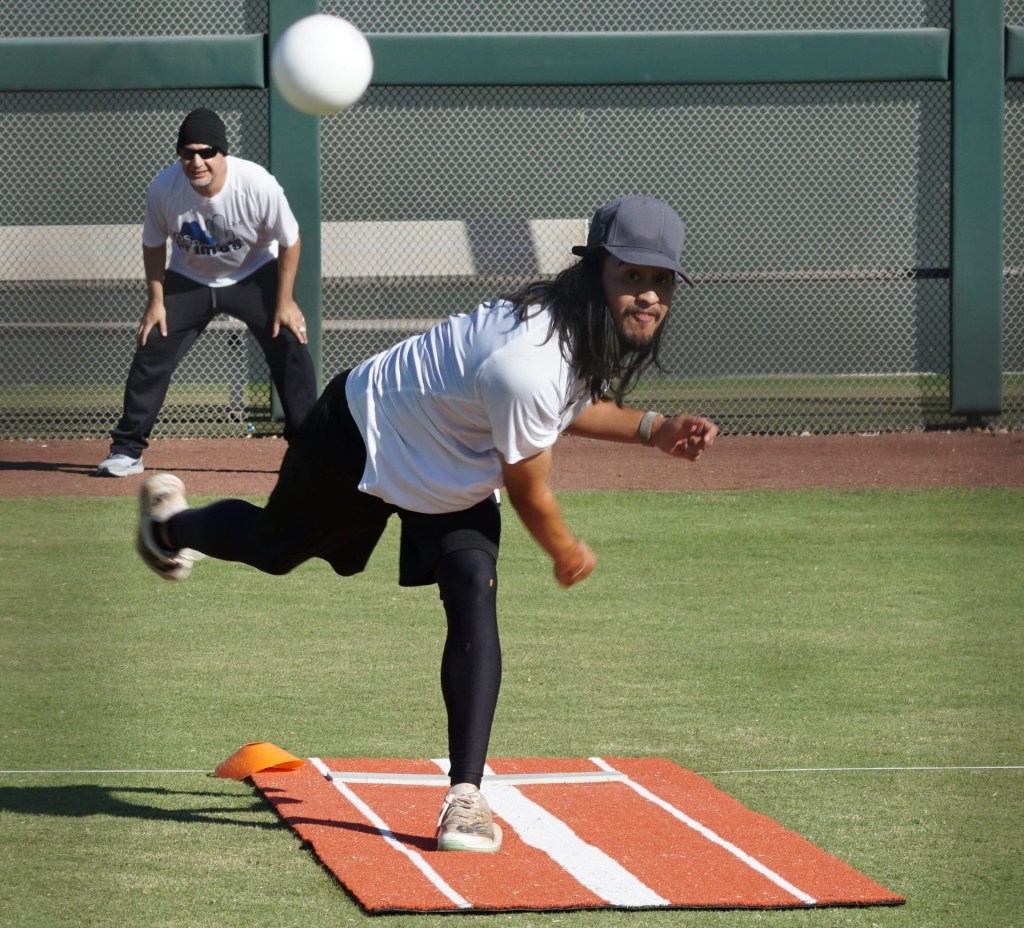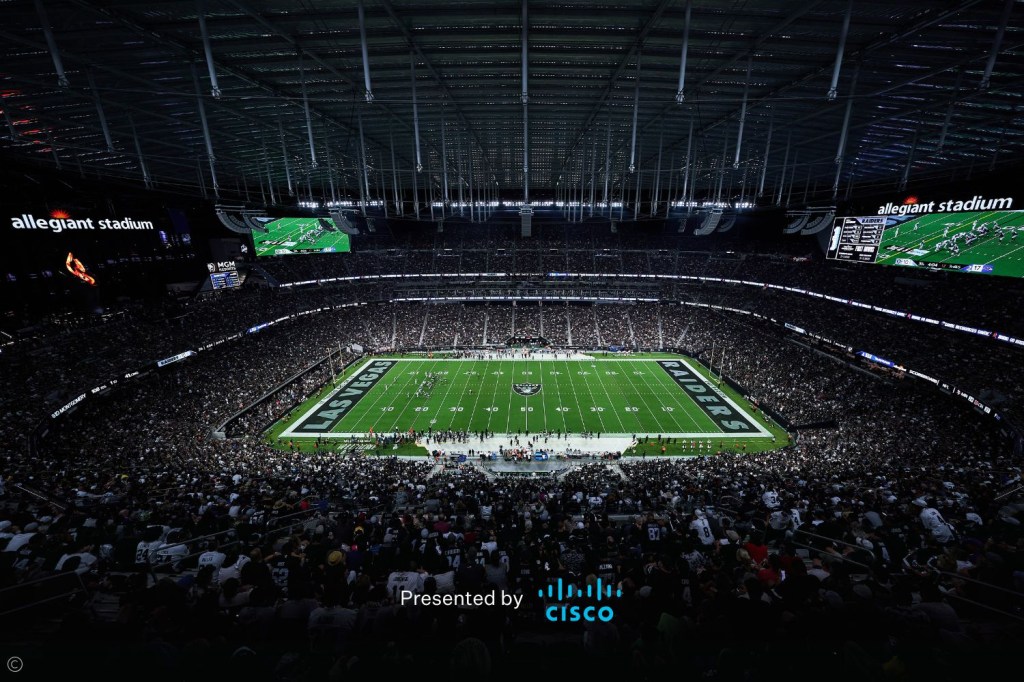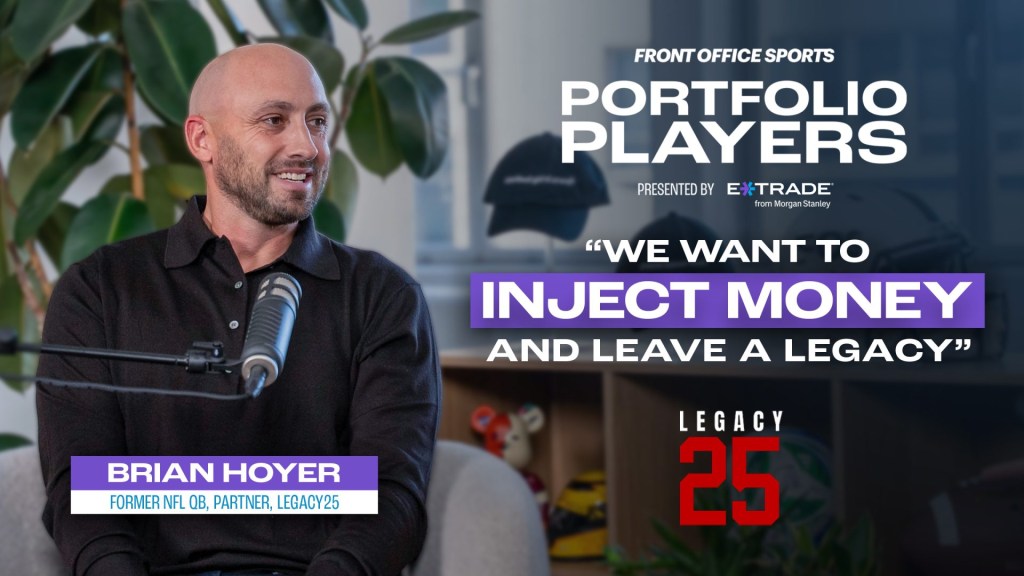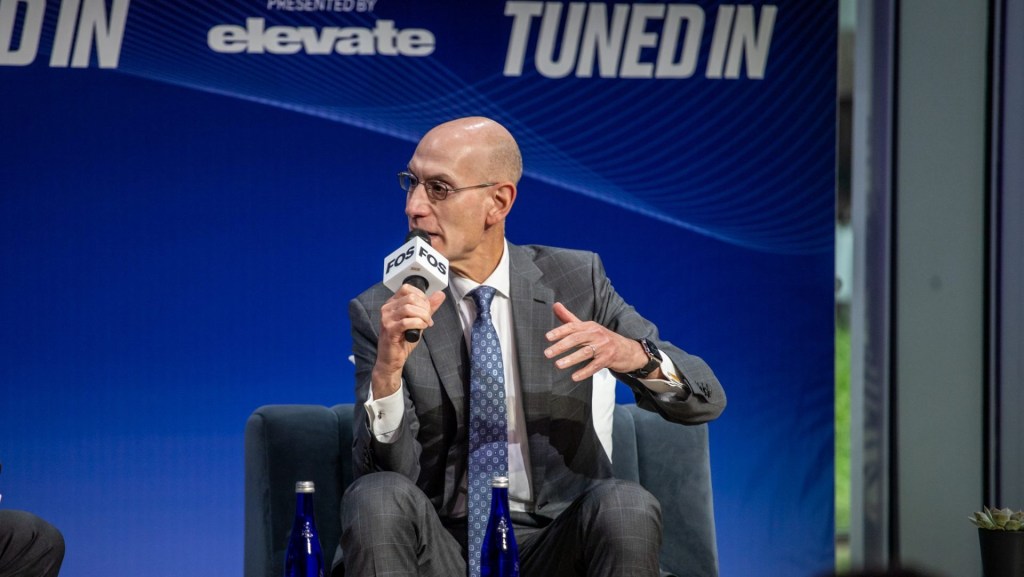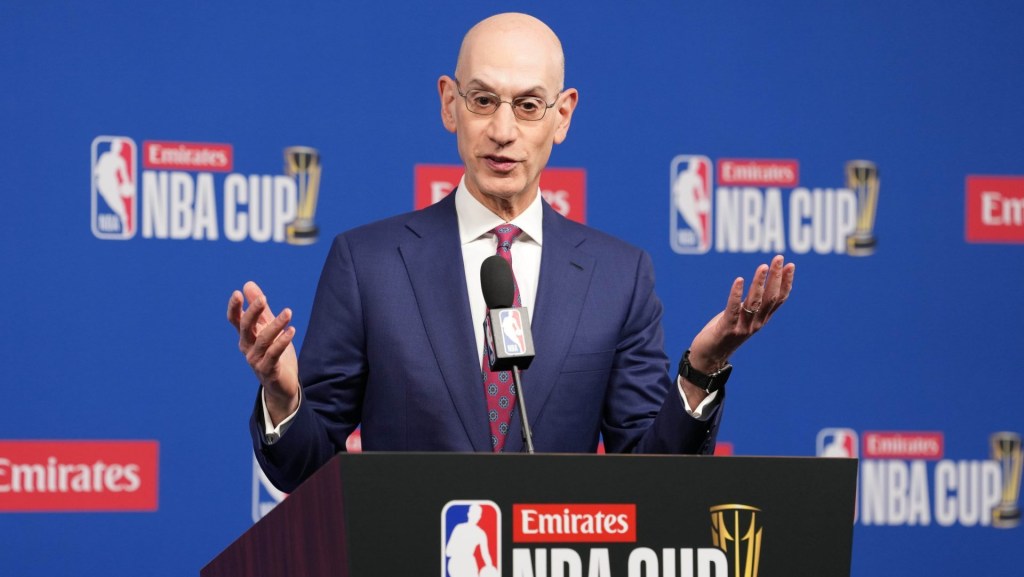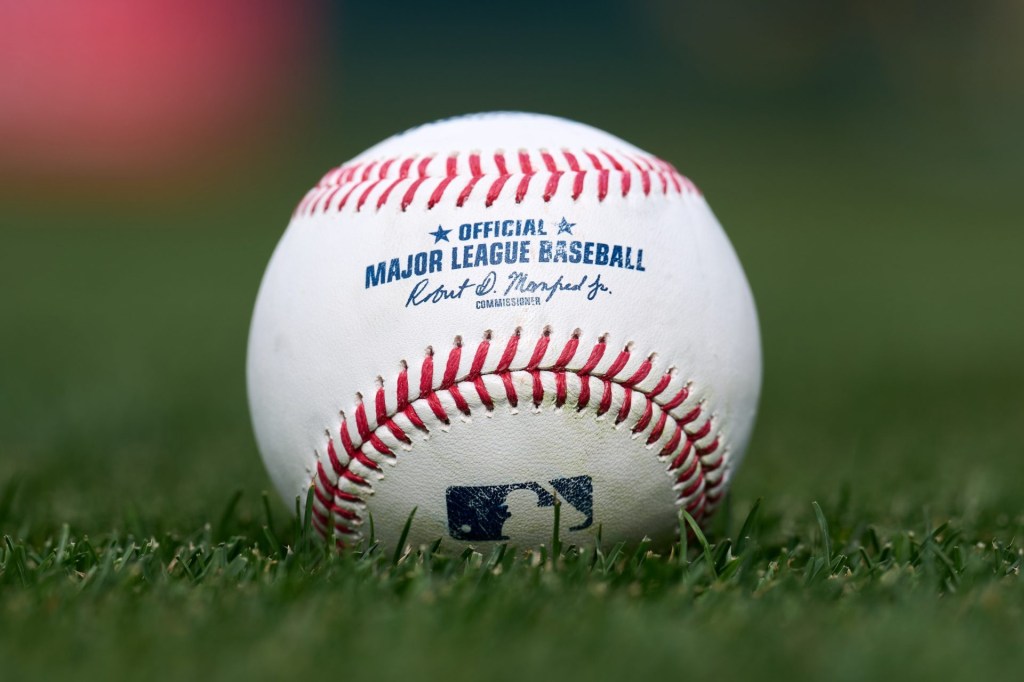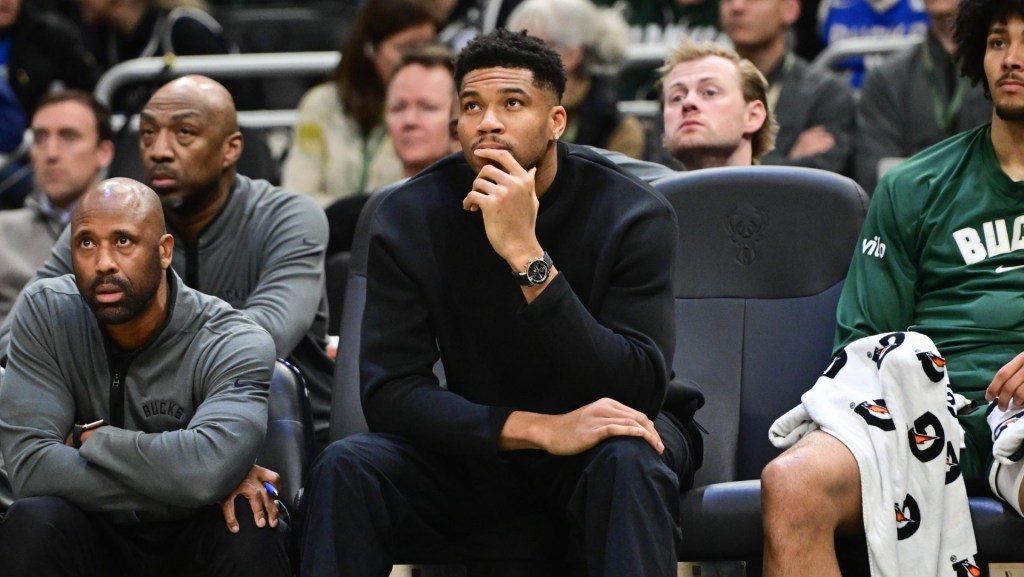The Salem Red Sox and Syracuse Mets don’t have much in common. One is a Low-A team in a 25,000-person town nestled in the Blue Ridge Mountains of southwestern Virginia. The other is in Triple-A, one step below a major league team in playoff contention, located in a booming college town in upstate New York.
But the franchises face the same issue. Many of their local fans are New York Yankees loyalists who refuse to wear Red Sox or Mets gear. “There’s that rivalry, and they’re not going to be caught dead in a Red Sox shirt,” Salem GM Allen Lawrence tells Front Office Sports.
The solution: Salem and Syracuse are rebranding so that, in Lawrence’s words, fans “can proudly wear a T-shirt from their hometown team.”
Like many minor league clubs, Salem and Syracuse are planning names that pay tribute to their local history and culture. Both teams’ GMs say they’ve benefited from having the major league affiliation in their team branding, but now want their fans to have an identity that speaks to their organization specifically.
“We love being affiliated with the Red Sox. It’s one of the biggest brands in the world,” Lawrence says. “But we felt like it was time for our club to have a new name that’s both unique and distinctive to baseball here in this market, in Salem, Virginia, and southwestern Virginia. … Quite honestly, we probably should’ve done this years ago.”
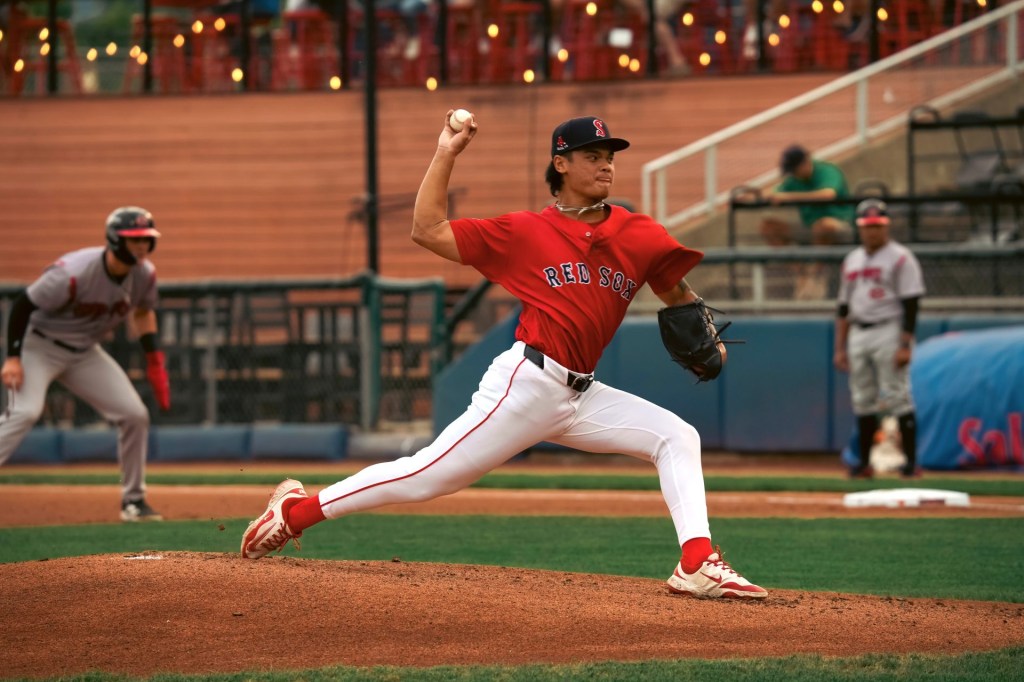
The increasing quest for hyperlocal branding has led to some outrageous team names. In the mid-2000s through late 2010s, sports-branding firm Brandiose came up with identities including the Rocket City Trash Pandas, a nod to northern Alabama’s space industry and raccoon population; the Jacksonville Jumbo Shrimp, highlighting the Floridian fare; and the Akron RubberDucks, honoring the city’s rubber-making history.
Behind the fun of regional team names is a real business opportunity. Many of the rebranded teams made at least $1 million in retail sales in the first year after their name changes, Brandiose cofounder Jason Klein tells FOS. The Trash Pandas, initially slated to debut in 2020, raked in $4 million in merchandise sales before ever playing a game (their inaugural season was canceled due to the COVID-19 pandemic).
While Salem and Syracuse aren’t banking on replicating the runaway success of the Trash Pandas, they’re excited for the boost a new name could provide. “The hope is that it does generate great revenue and excitement through merchandise and other opportunities, that’s all part and parcel of this rebrand,” Syracuse GM Jason Smorol tells FOS.
Many organizations choose to work with a firm such as Brandiose; Salem used Collegiate Licensing Company. The team first sourced ideas from its staff and key community members before shipping them off to CLC. A common theme was the region’s outdoor lifestyle, Lawrence says. The organization will unveil its new name in November ahead of the 2026 season.
Syracuse took online submissions from fans in August, and it will put out two separate ballots in September with the top-10 and then top-5 names. Smorol says he’s received submissions about the salt industry, Syracuse’s inventions including the serrated knife, and the city’s upside-down traffic light.
Once all the fans and brand experts have their say, the teams send their proposed IP to MLB for approval. Salem is already one year into that process, while Syracuse’s deadline is November 2025 for the start of the 2027 season. The long runway gives teams time to sell their existing merchandise, MLB’s lawyers to secure the trademarks, and manufacturers to make the new apparel.
It also means a select group of people sit on the secret new identity for a while. Just a couple of months out from the announcement, half of Salem’s staff still doesn’t know what the new name will be, Lawrence says.
Still, his team has seen a glimpse into what’s possible from having a fun, hyperlocal name on Thursday nights. That’s when the Sox play as the Salem BeerMongers, a tribute to the local craft beer industry first introduced in 2019.
“I think we sold merchandise in 40-some states within the first 48 hours, and I said, ‘Wow, this is what having your own identity can lead to,’” Lawrence says. “Being the Red Sox, we just haven’t had a taste of that, because the fact of the matter is, if somebody wants to buy Red Sox merchandise, they can go to Fanatics or Walmart or Amazon.”
These mini-rebrands can drive significant revenue for teams across the country, and Klein says the majority of Brandiose’s business is now focused on minor league theme nights with a goal of teams making at least $100,000 in merchandise sales every year from these efforts alone.
One team hit the theme night jackpot this summer, albeit in an unusual way. Last Week Tonight With John Oliver offered in May to design a theme night for any minor league team, and chose the Erie SeaWolves among 47 teams who applied for a makeover. On an expedited timeline for a July 19 debut, the HBO show rebranded the team as the Moon Mammoths, after the mammoth bones discovered in Erie County’s Lake Pleasant by resident George Moon in 1991.
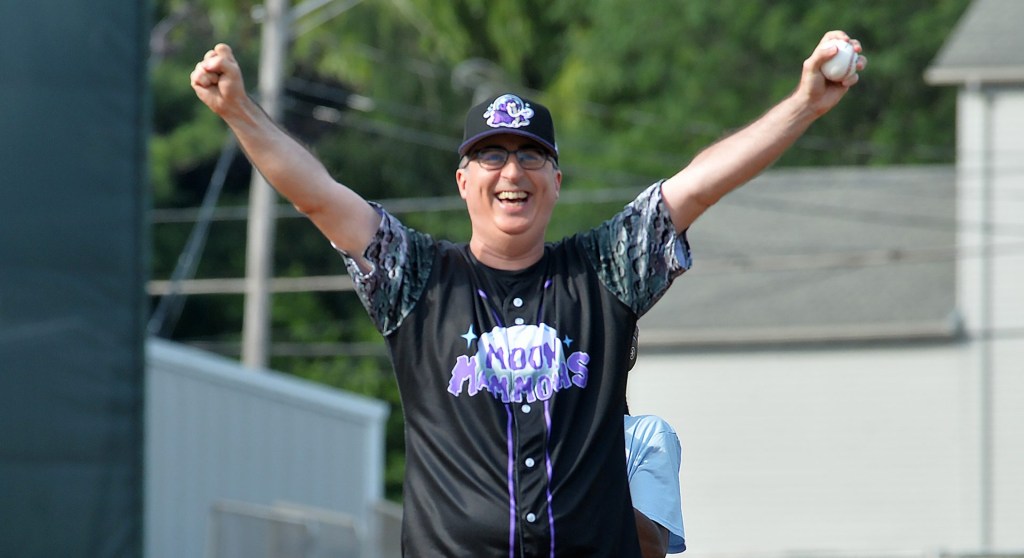
The SeaWolves received more online orders in July than in the past five years combined. (Disclosure: I also bought gear for my dad’s birthday.) “We’re processing every day what used to be three to four months‘ worth of work, in terms of fulfilling orders,” GM Greg Coleman tells FOS. “I don’t know if I’ll ever experience anything like it in my career ever again.”
In the eyes of Syracuse’s Smorol, one team has written the playbook for minor league rebranding: the Lehigh Valley IronPigs.
In 2008, the Ottawa Lynx moved to Allentown, Pa., and became the IronPigs, an ode to the pig iron used in Pennsylvania’s steel-making process. (Brandiose didn’t pick the name, but it has been involved with the team since its early days.)
In Allentown, parking spots are “Porking” spaces dotted by a pigtail logo, and mascots including Chris P. Bacon, Barbie Q, and Hambone compete in “Pork Races.” Pitchers warm up in the “Pig Pen,” general-admission fans on the lawn are “Pigs in a Blanket,” and premium seating is the “Bacon Strip.” Concessions stands offer candied maple bacon on a stick and plenty of pulled pork. GM Kurt Landes tells FOS the success took a turn in 2014 when an alternate logo featuring a strip of bacon went viral, opening up the team’s “Bacon USA” branding. “Imagine taking any other animal mascot and making the dead form of itself cooked in a frying pan on its cap. I don’t think most other teams would take to that,” he says.
For all the pig branding, the team also wanted the ballpark to mirror the industrial background of the moniker, Landes says. Exposed steel beams, images of the old Bethlehem Steel factory, suites themed in the steel motif, and a concessions stand called the Blast Furnace Grill tell the story. Earlier this year, the team did a theme night as the Steel Workers.
Their efforts are working: The IronPigs had the best average and overall attendance in the minor leagues last season, and the most total fans the year before.
Ahead of next summer, several other teams are hoping to build a home run identity like the IronPigs. On top of the Salem rebrand, the Carolina Mudcats are moving 25 miles east to become the Wilson Warbirds. The Modesto Nuts will be replaced by a yet-unnamed team in Ontario, Calif., through a shift in affiliation among three different teams. And two other teams are expected to announce new names or logos for 2026 in the coming months, a source tells FOS.
Landes’s advice to teams taking on a new identity: Be willing to laugh at yourself, don’t get cold feet, and keep it local. “It still needs to be something that’s very unique to your community that they feel a pride in,” he says, “otherwise I think it would be very short-lived.”
